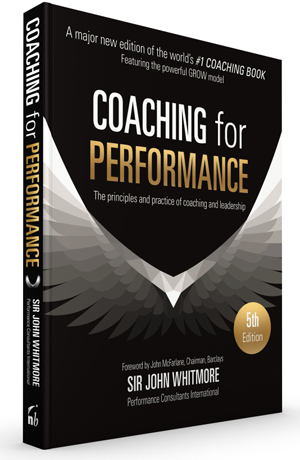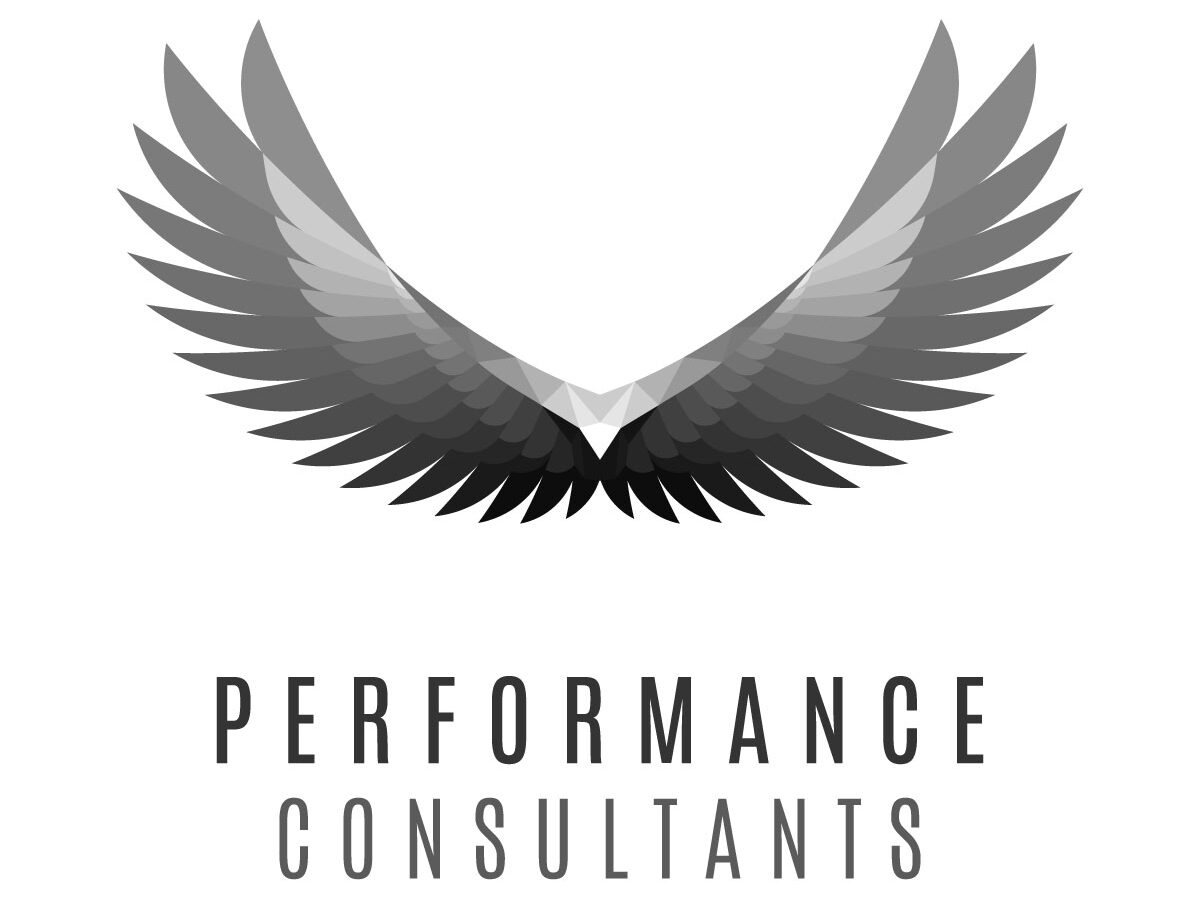
Read this guide on how leaders can take the fight to the Great Resignation.
-5 mins read-
What is meant by the Great Resignation?
Fear can cause leaders to behave in surprising ways. And during the last eighteen months, leaders in many organizations have been left feeling anxious as they see the company’s talent walking out of the door. Burnt out, overworked and in many cases underappreciated, their employees are voting with their feet in search of organisations that care.
What’s attracting them to move elsewhere? Cultures that offer flexibility, empowerment, and a sense of being valued. It’s really a no-brainer. After all, many people were forced to work from home or operate differently due to the pandemic. The reality is that these enforced changes wreaked havoc on the traditional belief that many leaders held that ‘workers can’t be trusted to work from home’.
COACHING TRAINING FOR LEADERS CREATED BY SIR JOHN WHITMORE
Why should I retain my employees?
Faced with this new reality leaders are realising that they need to change. HOW they lead now has more significance than ever, and for many it is this situation that is causing them to feel anxious.
Meanwhile it’s companies that have enlightened leadership that are gaining from this great exodus. Leaders in these organisations know that the job of leadership is to bring out the best in their people, to trust them, and to show humility. In fact, a large part of a leader’s job is to inspire and engage their people, and that is seen through the leader’s behaviour.
“In essence, coaching is about partnership, collaboration and believing in potential.”
Sir John Whitmore
Join one of our webinars to find out more about our coaching certification pathways for leaders and coaches
How to improve employee rentention and motivation?
Many are using an enquiry-led approach, so that when an employee comes to them seeking an answer; rather than providing it which can lead to a high level of dependency and employees relinquishing responsibility as well as belief in their own capabilities, the leader asks a question ‘how do you think we should solve this; or if you were in my shoes what would you suggest’. What happens over time is that employees realise they are empowered to solve their own issues, to come up with new ideas and feel encouraged to bring the best of their talents to work, even if that workplace is in their home.
Central to this leadership behaviour is the sense of purpose and humanity. Harvard lecturer and former CEO of Best Buy, Hubert Joly describes it as ‘bringing the heart back into business’. He cites many examples that show when organisations give the same, if not a higher level of priority to people and relationships, as they do to profit, the companies – and the people flourish.
Sounds simple – right? A leader should just behave as a human and show compassion and belief in their people. But for many that can leave them feeling worried. What if their role is not about being the all-conquering hero, the problem solver or the fixer?
It may require a leader to reflect on their own view of the world, and then accept and adopt a new identity. One of leader as coach, leader as inspirer, or leader who does not always know the right answer. The good news is that by adopting these beliefs about what it means to be a leader, it can bring a renewed sense of purpose and energy.
Attracting and retaining talented employees
Margarita Mayo, Professor of Leadership and Organizational Behaviour at IE Business School in Madrid whose research has focused on the area of authentic leadership, says that when leaders can build trust, not because of their position, but because they show curiosity, passion, and interest in others, it it tells a different story to those they lead and conveys a powerful non-verbal message – ‘you matter’. And that is a powerful attractor to talent from other companies.
So, if leaders want stem the exodus of talent – perhaps the antidote lies within themselves. Just be human – it’s as easy or as challenging as that…..but the journey to transform as a leader is one that’s always worth taking.

Related Reading
“Staying Authentic in Leadership and Life”
Margarita Mayo
“The Leader as Coach”, Harvard Business Review
Discover more
If you enjoyed this article, you may like to read next:
Connect with us:
How can you bring coaching into your organization?
Sir John and his colleagues at Performance Consultants were the first to take coaching into the workplace and coined the term “performance coaching” in the early 1980s. We continue to lead the field in performance improvement through coaching leadership training.
Select one of the options shown. Or get in touch and one of our world-class leadership development consultants will work with you to create a tailored programme that meets your specific needs.
- Attend a Coaching Course – experience the benefits of coaching first hand. See our Global Training Calendar to find the right course for you
- Transformational Leader Pathway – learn how to be a leader–coach with a coaching leadership style that creates a culture of high performance for you, your team and entire organization
- Performance Coach Certification – become a coach or take your coaching skills to the next level so that you can practise transformational leadership coaching
- Individual Coaching (1:1) – take your leadership to the next level with a tailored, fast-track professional development coaching programme
- Team Development – unlock the next level of potential in your team with team coaching


